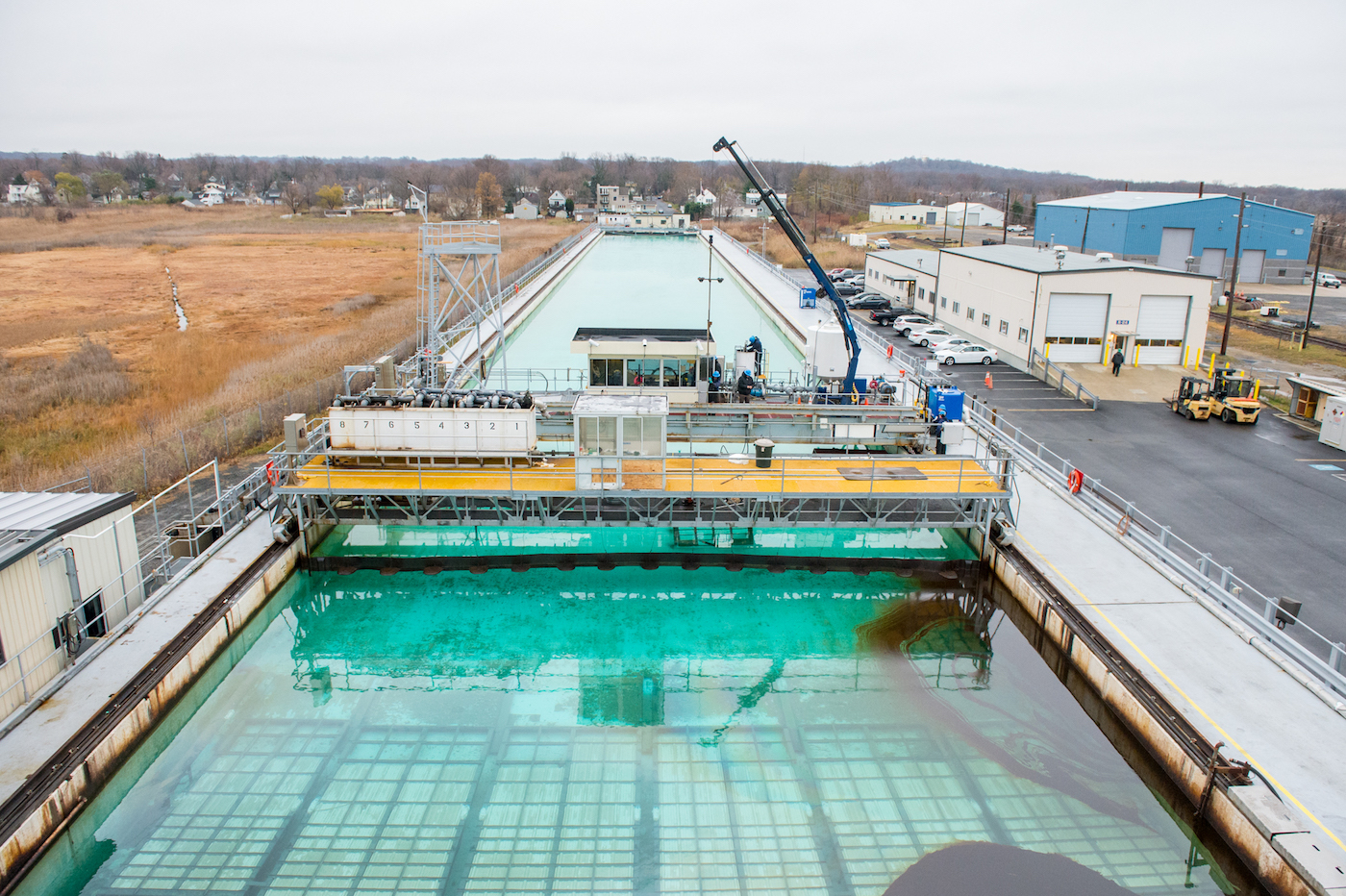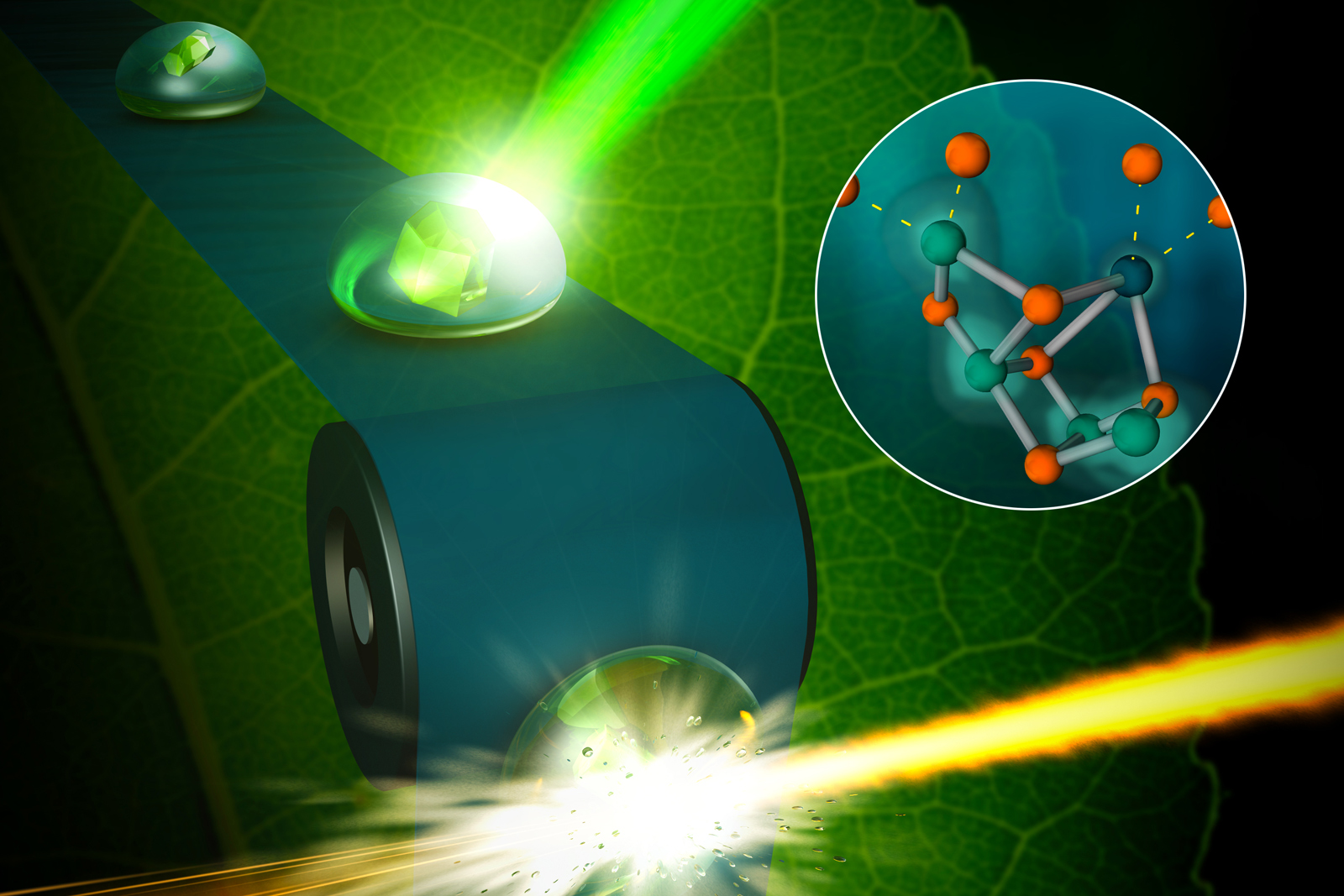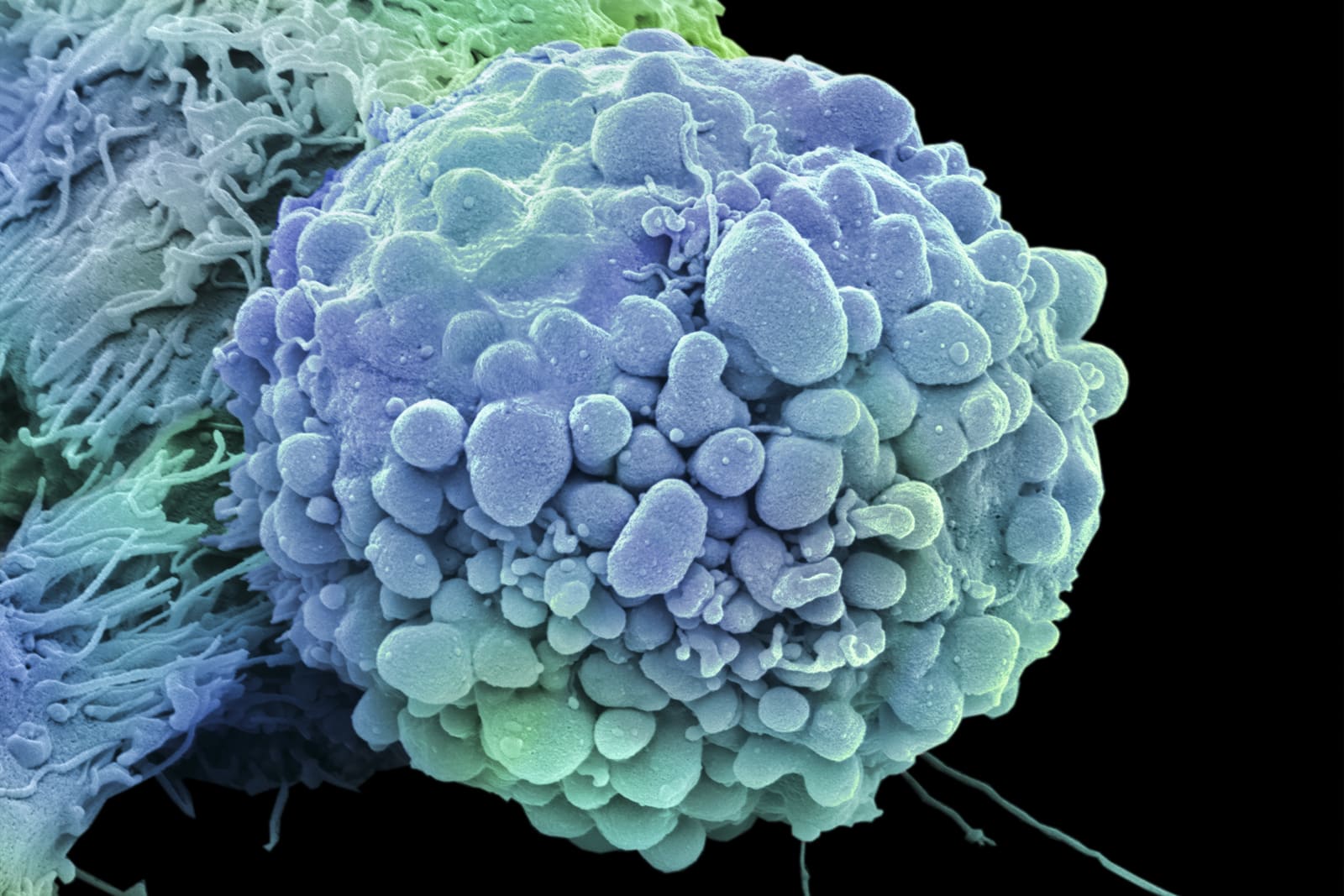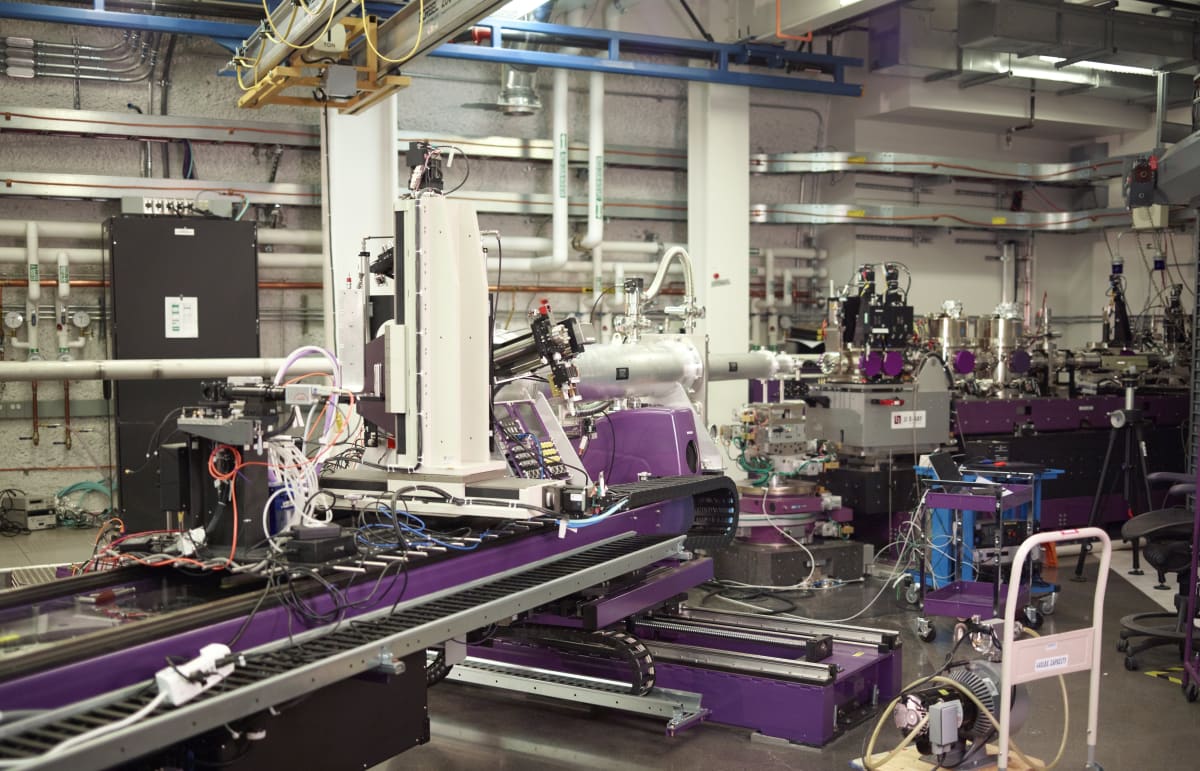 Cleaning up after an oil spill isn't an easy job. Just ask Exxon Mobil, or, for a more recent example, BP. Current clean-up methods include skimming it of a body off water's surface or burning it. Neither are ideal for a few reasons, but beyond impac...
Cleaning up after an oil spill isn't an easy job. Just ask Exxon Mobil, or, for a more recent example, BP. Current clean-up methods include skimming it of a body off water's surface or burning it. Neither are ideal for a few reasons, but beyond impac...
‘Oleo Sponge’ may be the key to cleaning up after oil spills
 Cleaning up after an oil spill isn't an easy job. Just ask Exxon Mobil, or, for a more recent example, BP. Current clean-up methods include skimming it of a body off water's surface or burning it. Neither are ideal for a few reasons, but beyond impac...
Cleaning up after an oil spill isn't an easy job. Just ask Exxon Mobil, or, for a more recent example, BP. Current clean-up methods include skimming it of a body off water's surface or burning it. Neither are ideal for a few reasons, but beyond impac...
 Donald Trump has already earned his reputation of nominating candidates for his cabinet-level positions who face stiff opposition from the science and tech community. He's given the nod to former Texas Governor, Rick Perry, who once called on Congres...
Donald Trump has already earned his reputation of nominating candidates for his cabinet-level positions who face stiff opposition from the science and tech community. He's given the nod to former Texas Governor, Rick Perry, who once called on Congres...
 Rick Perry, former Governor of Texas, could become the United States' next energy secretary. However, according to a New York Times report, Perry believed the role would help him champion the country's oil and gas industry — which he has experi...
Rick Perry, former Governor of Texas, could become the United States' next energy secretary. However, according to a New York Times report, Perry believed the role would help him champion the country's oil and gas industry — which he has experi...
 Donald Trump's incoming presidency won't be kind to climate change science, and that's making both scientists and government divisions nervous -- to the point where they're taking unusually drastic actions. Researchers at multiple North American ins...
Donald Trump's incoming presidency won't be kind to climate change science, and that's making both scientists and government divisions nervous -- to the point where they're taking unusually drastic actions. Researchers at multiple North American ins...
 Humanity has known about the life-giving photosynthesis process for a long time, but studying it in real-world conditions has often been impractical. You've typically had to freeze samples to get a good look, which isn't exactly natural. However, t...
Humanity has known about the life-giving photosynthesis process for a long time, but studying it in real-world conditions has often been impractical. You've typically had to freeze samples to get a good look, which isn't exactly natural. However, t...
 Microsoft isn't the only big-name tech company using AI to fight cancer. NVIDIA is partnering with the US Department of Energy and the National Cancer Institute to develop CANDLE (Cancer Distributed Learning Environment), an AI-based "common discover...
Microsoft isn't the only big-name tech company using AI to fight cancer. NVIDIA is partnering with the US Department of Energy and the National Cancer Institute to develop CANDLE (Cancer Distributed Learning Environment), an AI-based "common discover...
 You normally don't think of government agencies embracing podcasts -- even if tight budgets aren't a problem, creativity isn't usually their top priority. The US Department of Energy wants to buck that trend, though. It just started up a podcast, D...
You normally don't think of government agencies embracing podcasts -- even if tight budgets aren't a problem, creativity isn't usually their top priority. The US Department of Energy wants to buck that trend, though. It just started up a podcast, D...
 If you think that Stanford's use of an super-bright X-ray laser to study the atom-level world is impressive, you're in for a treat. The school and its partners have started work on an upgrade, LCLS-II (Linac Coherent Light Source II), whose second la...
If you think that Stanford's use of an super-bright X-ray laser to study the atom-level world is impressive, you're in for a treat. The school and its partners have started work on an upgrade, LCLS-II (Linac Coherent Light Source II), whose second la...
 Space is full of gamma rays and other intense forms of energy, but you've only ever had a partial picture of it. Ground-based telescopes can only see so much, and even the Fermi space telescope (designed to catch these energies) has missed out on a l...
Space is full of gamma rays and other intense forms of energy, but you've only ever had a partial picture of it. Ground-based telescopes can only see so much, and even the Fermi space telescope (designed to catch these energies) has missed out on a l...
 High-temperature superconductivity represents a potential breakthrough across multiple fields of technology, from MRIs to levitating trains, hoverboards and computing. Scientists at the Department of Energy's SLAC National Accelerator Laboratory ha...
High-temperature superconductivity represents a potential breakthrough across multiple fields of technology, from MRIs to levitating trains, hoverboards and computing. Scientists at the Department of Energy's SLAC National Accelerator Laboratory ha...